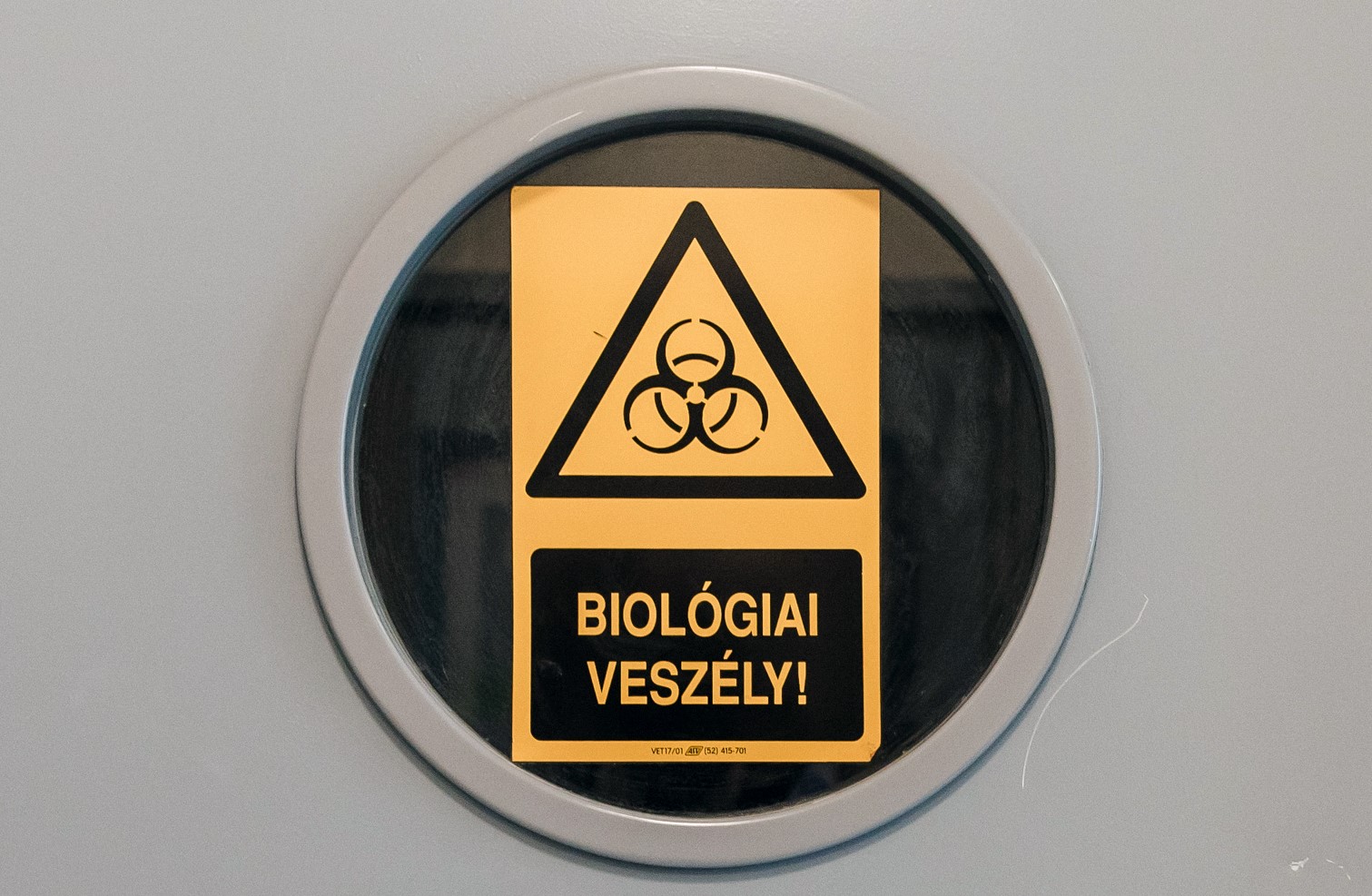In vivo
Viral injection of rodents, preparation of implants
Opto- and chemogenetics
Optogenetics and chemogenetics offer the possibility of specific and local stimulation of genetically modified cells in a temporally and spatially controlled manner. Specific cell modulation is achieved by the use of specific wavelengths of light or special drugs, known as designer drugs, which are not physiologically produced in the organism under investigation.
Using invasive surgical techniques, genes packaged in recombinant viruses can be injected in nanolitre quantities into a defined area of the brain. The viral construct created by gene manipulation is expressed in specific cell types and creates ion channels or receptors that are incorporated into the membrane of the neurons to be modified.
Using chemogenetics, virally injected genes in the brain express chemically modified receptors in a cell type of our designed construct, whose activity can be influenced by specific exogenous molecules.
Neurons or neuronal groups manipulated in this way can be further studied by functional or anatomical assays.
For optogenetic studies, cells carrying the expressed photosensitive ion channels can be targeted by implanted optical fibres or by two/multiphoton microscopy. In a similar way to the normal functioning of nerve cells, photosensitive ion channels are opened by light and the nerve cells are either activated (depolarised) or inactivated (hyperpolarised) using other proteins.
Using chemogenetics, genes delivered to the brain by viral injection express chemically modified receptors in a cell type of our designed construct, whose activity can be manipulated by specific exogenous molecules.







